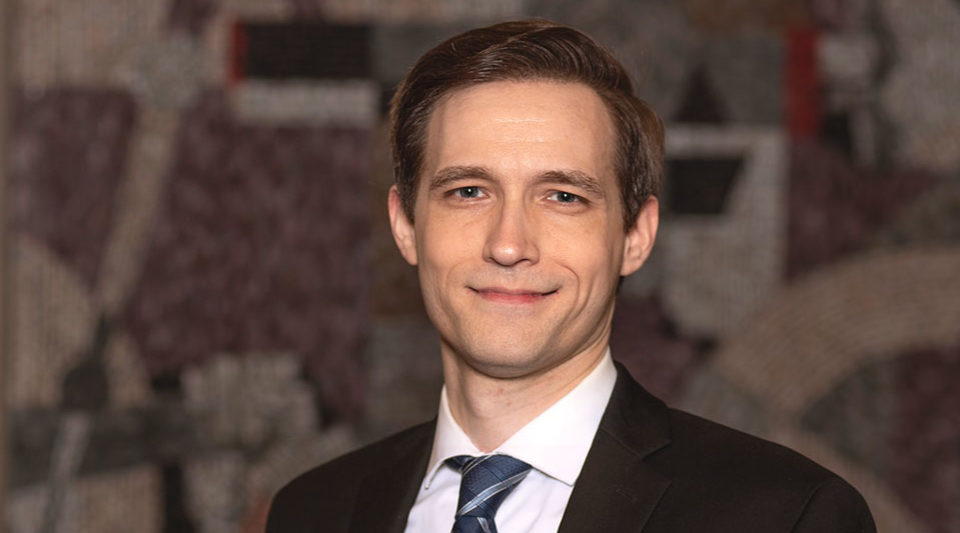Reconstructing the entire spectrum of light from complex sources is vital for a number of applications — from medical imaging and drug development to national security.
David Burghoff, assistant professor of electrical engineering, and his team have developed a new technique that provides an unprecedented amount of information about light in real time and in high resolution. The technique — frequency comb ptychoscopy — is described in a recent issue of Nature Communications.
“If you think of remote sensing or passive imaging as comparable to assembling a 1,000-piece puzzle, conventional methods either force you to look at a single piece, or they allow you to see the whole puzzle but without your glasses on,” said Burghoff.
“Frequency comb ptychoscopy lets you see the entire puzzle, the item you are trying to image, in incredible detail.”

According to Burghoff, the most difficult part of the project in terms of the theory was thinking about incoherent signals within the context of comb spectroscopy.
Comb spectroscopy is normally thought of as the domain of extremely regular, ultra-coherent light. But most radiation (light) found in nature is actually incoherent, so you must think about these signals statistically.”
Because of the restrictions during the pandemic, Burghoff and David Benirschke, a Notre Dame postdoctoral research fellow, conducted the initial demonstration at microwave frequencies. But their work can be extrapolated across the entire spectrum.
Using combs, Burghoff said, “We were able to determine that by combining all the seemingly random spectra together, a more accurate composite is possible as a pattern in the spectrograms emerges to provide a high-resolution image for any electromagnetic source.”
— Nina Welding, College of Engineering
